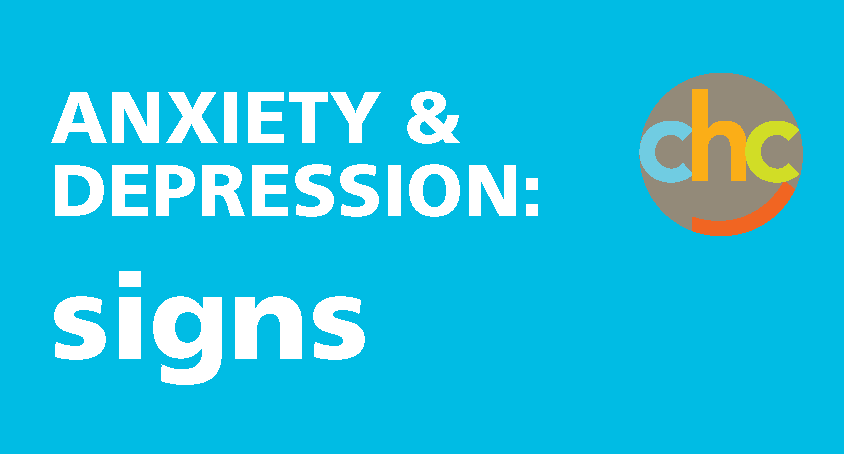 For an illness that affects so many people, there are plenty of misconceptions about eating disorders, experts say.
For an illness that affects so many people, there are plenty of misconceptions about eating disorders, experts say.
What defines an eating disorder
To put it simply, an “eating disorder is a psychiatric disorder, characterized by found disturbances in eating and feeding behavior that causes significant impairment to one’s ability to function normally,” said Stuart Murray, an associate professor of psychiatry and behavioral sciences at the University of Southern California and director of the Translational Research in Eating Disorders Laboratory.
More specifically, eating disorders are biopsychosocial illnesses, added Leah Graves, vice president for nutrition and culinary services for Accanto Health, a health system for eating disorder treatment.
What an eating disorder isn’t
Eating disorders are not a choice, said Lauren Smolar, vice president of mission and education for the National Eating Disorders Association.
Some may suggest that persons with eating disorders simply change their eating habits and then they will be fixed, but the problem goes much deeper, Smolar said. Eating disorders can affect anyone, and they are not reserved for young, affluent White women as stereotypes often portray, the USC’s Murray said.
Anorexia nervosa
Anorexia nervosa is generally characterized by weight loss and commonly involves heavy restriction around the number of calories eaten and an intense fear of gaining weight, according to the National Eating Disorders Association.
Warning signs for this disorder include an overvaluation with shape and weight, strict rules around food, ingredient checking, secrecy and an avoidance of social situations linked with food and body, Murray said.
Bulimia nervosa
Bulimia nervosa is a cyclical condition in which someone binges and then compensates with purging behavior such as vomiting or taking laxatives, according to the association.
Those with bulimia may use the restroom right after a meal or say they are going to go harder at the gym if they have a big meal, Murray said. They may also use laxatives or diuretics, he added.
Binge eating disorder
Binging is one of the most common forms of eating disorders. Someone eats large amounts of food quickly and often to the point of discomfort, the National Eating Disorders Association said.
It sounds like what many of us do from time to time — especially around holidays or special occasions, Murray said. But this disorder is characterized by a loss of control when it comes to eating, he added. And it is surrounded by shame and secrecy.
Avoidant restrictive food intake disorder
Avoidant restrictive food intake disorder, also called ARFID, is one of the newest recognized eating disorders, Accanto Health’s Graves said. This disorder is characterized by avoiding groups of foods, Murray said.
Those with the disorder may show a lack of interest in eating food, avoid specific sensory characteristics in food or have concerns about the consequences of eating such as vomiting or choking, said Jennifer Rollin, founder of The Eating Disorder Center in Rockville, Maryland.
Other feeding and eating disorders
Other specified food, feeding and eating disorders, or OSFED, is a diagnosis given when someone is experiencing a significant eating disorder, but the behavior may not align exactly with the diagnostic criteria of the conditions mentioned above.
Orthorexia, for example, is a term used to describe a fixation on eating in a way the person determines to be healthy but is overly rigid and can cause stress in situations when they have to stray from their plans, Rollin said.
Muscle dysmorphia is considered a symptom of body dysmorphic disorder but often describes a pattern in which people have behaviors similar to anorexia or bulimia nervosa such as restricting calories, following rigid rules and doing strenuous exercise as well as monitoring protein intake to achieve a muscular body, Murray said.
How to get help
If you see these concerning behaviors in someone you love, have a compassionate, nonjudgmental conversation explaining what behaviors you are noticing, Graves said. If you are worried about your own behavior, it is important to seek professional help, Rollin said.
Excerpted from “Here Are the Signs of an Eating Disorder — the Ones You Know and the Ones You Don’t” from CNN. Read the full article online.
Source: CNN | Here Are the Signs of an Eating Disorder — the Ones You Know and the Ones You Don’t, https://www.cnn.com/2023/02/27/health/what-is-an-eating-disorder-wellness/index.html | © 2023 Cable News Network
A screening can help you determine if you or someone you care about should contact a mental health professional. Care Coordinators can arrange a free 30-minute Care Consultation so you can explore options with an expert. Call or email us at 650.688.3625 or careteam@testing.chconline.org to set up an initial Consultation appointment.





